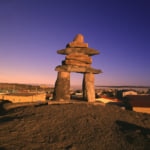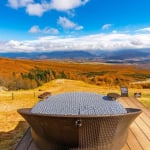Name: Brú na Bóinne – Archaeological Ensemble of the Bend of the Boyne
Address: Meath, Ireland
Official Website: worldheritageireland.ie/bru-na-boinne
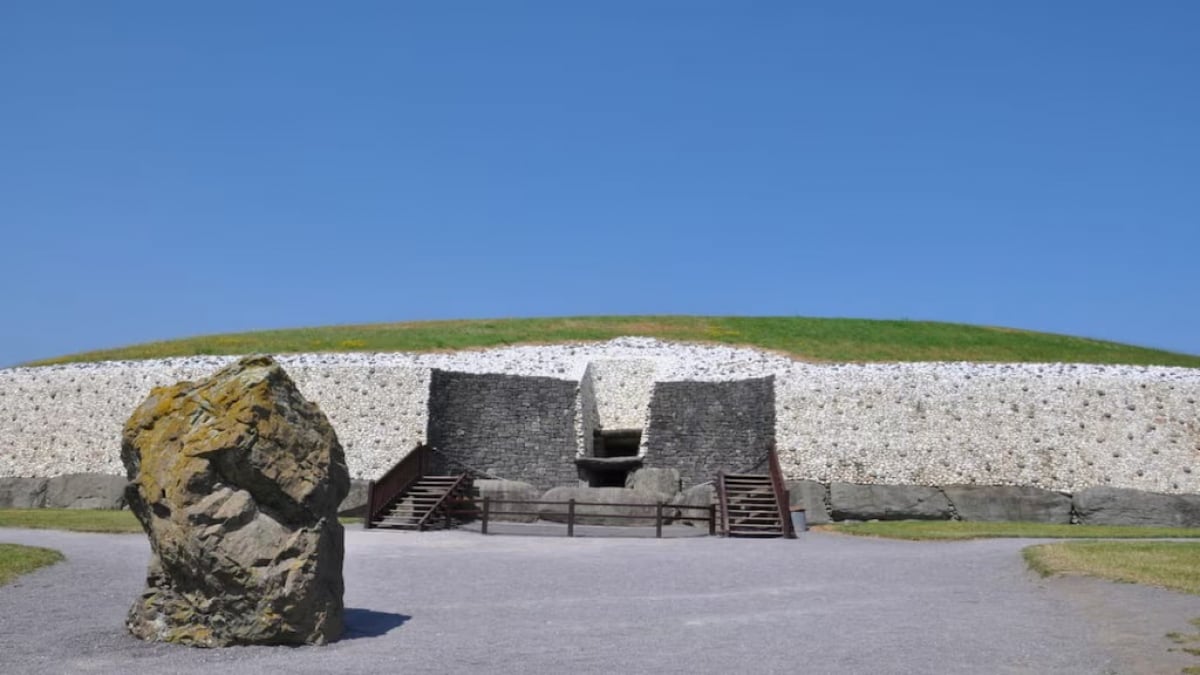
Ireland’s romance-filled mysterious World Heritage Site! The ruins of the Boyne Valley
Ireland is an island located to the west of Great Britain. In the east of Ireland lies the province of Leinster, where County Meath has long been at the center of history. Due to its significance, it is called the "Royal County." Within this area lies one of Ireland’s most iconic World Heritage Sites—the Brú na Bóinne (Boyne Valley Tombs). This World Heritage Site, still wrapped in many mysteries, is filled with the charm of Ireland, where Celtic culture continues to thrive. Let’s take a closer look at the Brú na Bóinne and its fascinating archaeological wonders.
table of contents
[x] close
Ireland’s romance-filled mysterious World Heritage Site! The ruins of the Boyne Valley
- What is Brú na Bóinne: Archaeological Ensemble of the Bend of the Boyne?
- Access to Brú na Bóinne – Visiting the Boyne Valley Monuments
- Highlight ①: Experience the Precision of Ancient Science
- Highlight ②: Sacred Symbols Etched in Stone
- Highlight ③: A Historic Battlefield from the Middle Ages
- Summary: Why visit Brú na Bóinne and the Boyne Valley?
What is Brú na Bóinne: Archaeological Ensemble of the Bend of the Boyne?
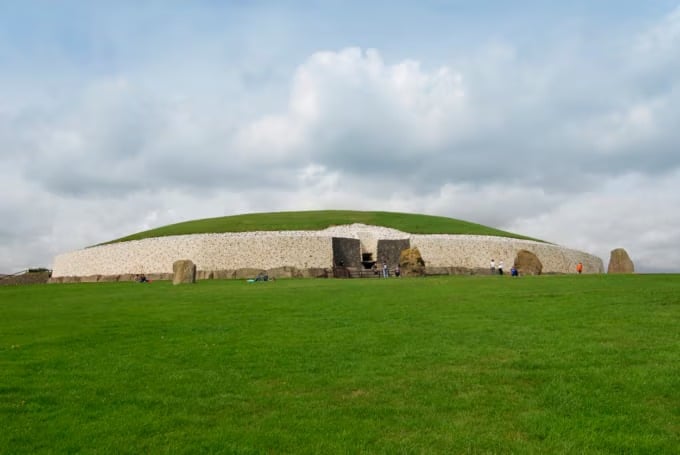
Brú na Bóinne, also known as the Archaeological Ensemble of the Bend of the Boyne, was designated as a UNESCO World Heritage Site in 1993. It is located along the River Boyne, north of Dublin, Ireland’s capital. This remarkable heritage site comprises several prehistoric monuments, with the three most famous being Newgrange, Knowth, and Dowth.
These megalithic passage tombs, believed to have been built around 3200 BCE, represent one of the most outstanding examples of Neolithic stone architecture in the world. That date even predates the arrival of the Celts in Ireland, placing the structures in the New Stone Age. Since then, the Boyne Valley has held a central place in Irish history. Yet, the exact civilization that created these monumental structures remains unknown, adding an air of mystery to this ancient site.
Access to Brú na Bóinne – Visiting the Boyne Valley Monuments
Visitors must join guided tours that depart from the Brú na Bóinne Visitor Centre near the village of Donore. Independent visits to the heritage site are not allowed.
There are no direct buses or trains from Dublin. While renting a car is an option, joining a tour from Dublin is generally the most efficient and convenient way to explore Brú na Bóinne.
Highlight ①: Experience the Precision of Ancient Science
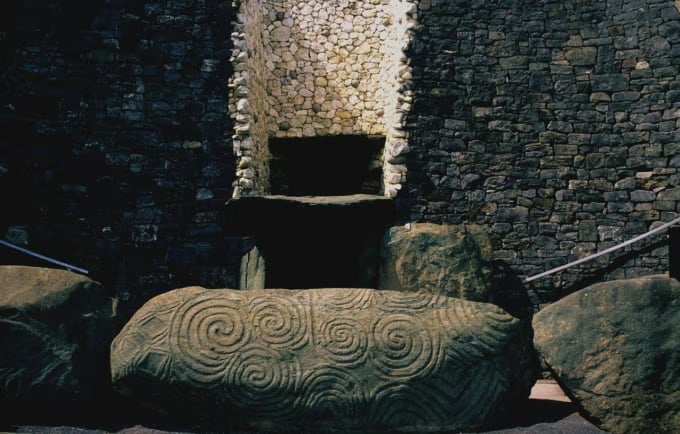
Discover the wonders of Brú na Bóinne, a UNESCO World Heritage Site famed for its massive stone tombs in the Boyne Valley. Among its most iconic attractions are the ancient monuments of Newgrange and Dowth, where an awe-inspiring secret lies hidden: on the winter solstice, sunlight precisely aligns to penetrate the inner chamber of the tomb. Similarly, Knowth is ingeniously constructed so that this alignment occurs during the spring equinox. These perfectly calculated events offer a glimpse into the astonishing accuracy of prehistoric astronomy and engineering. Even outside of these celestial dates, guided tours recreate this solar phenomenon, making it a year-round marvel.
These sacred burial sites are believed to have held not just ceremonial roles, but also astronomical significance, showcasing the depth of ancient knowledge. What deeper meanings lie within these alignments remains a thrilling mystery waiting to be unveiled.
Highlight ②: Sacred Symbols Etched in Stone
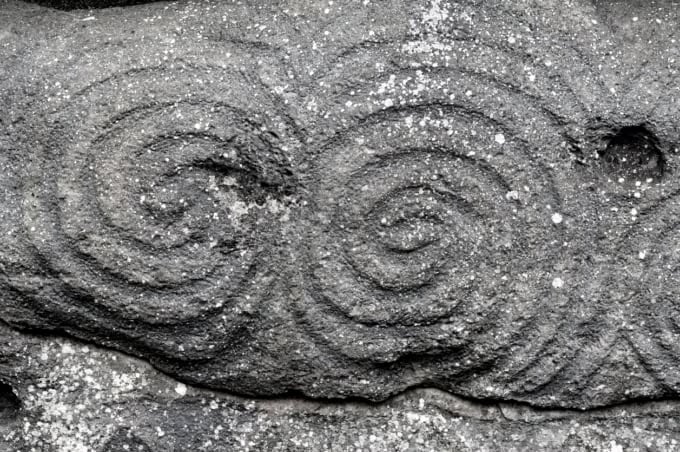
Another unforgettable feature of the Boyne Valley tombs is the intricate stone carvings—especially the spiral motifs found throughout the site. Although their meanings are still being researched, scholars believe they reflect the spiritual beliefs of the ancient people who built this complex. It’s thought they practiced a nature-based religion, revering the sun, thunder, and other elemental forces.
These spirals may well represent religious art, offering rare insights into a pre-literate civilization that expressed belief through symbols, not words. For modern visitors, this World Heritage Site provides an immersive look into the lives and faith of Ireland’s earliest inhabitants.
Highlight ③: A Historic Battlefield from the Middle Ages
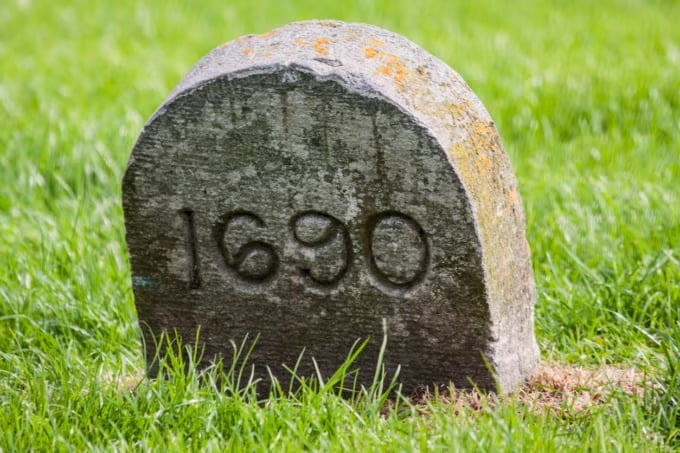
The Brú na Bóinne archaeological complex, a UNESCO World Heritage Site in Ireland’s Boyne Valley, is not only famous for its prehistoric monuments but also as the setting for the pivotal Battle of the Boyne in 1690. This historic battle saw the army of the deposed King James II of England clash with the forces of King William III, his successor following the Glorious Revolution. Taking place along the banks of the Boyne River, this confrontation ended in William's decisive victory—securing Protestant ascendancy in the British Isles and cementing the Glorious Revolution’s success.
This battleground also symbolizes the long-standing conflict between Catholic and Protestant factions in British and Irish history. William III’s triumph led to increased Protestant dominance, which, in turn, marked the beginning of a difficult era for Irish Catholics.
Today, visitors can explore this significant historical site through the Battle of the Boyne Visitor Centre, which offers detailed exhibits, multimedia presentations, and live demonstrations of period weaponry. For those fascinated by medieval warfare, royal history, or religious conflicts, this destination offers a meaningful glimpse into Ireland’s turbulent past.
Summary: Why visit Brú na Bóinne and the Boyne Valley?
The Brú na Bóinne – Boyne Valley Monuments are a must-see UNESCO World Heritage Site when traveling to Ireland. With layers of mystery, from the ancient passage tombs to battlefields steeped in historical conflict, the area captivates curious travelers and history enthusiasts alike. Its proximity to Dublin, Ireland’s capital, makes it a convenient and enriching day trip filled with heritage, culture, and intrigue.
RELATED ARTICLES
REGIONS
CATEGORIES
FEATURED ON Ireland
-

Ireland’s World Heritage Site: Skellig Michael, the island of seabirds, ruins, and movies
-

Enjoy Ireland’s second city, Cork! 5 recommended tourist spots
-

5 Must-Visit Tourist Spots in Killarney for Stunning Nature and Charming Townscapes
-
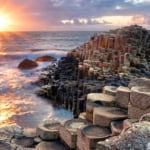
16 scenic and impressive sightseeing spots to visit in Ireland
-

7 Must-Visit Cafes in Dublin, Ireland
MOST POPULAR ON Ireland
-
 1
1Doha: Must-see Attractions in the Capital of Qatar
-
 2
2Toronto: 10 Things to do in this Picturesque Canadian City
-
 3
3Amarillo: A City Famous for It’s Amazing Canyons, Great History and Music
-
 4
4South Korea: Dazzling Scenery, Rich Culture and Fascinating History
-
 5
5Kuwait: A Country in Middle East Asia Famous for Hot Sand Dunes and Stunning Cityscape


